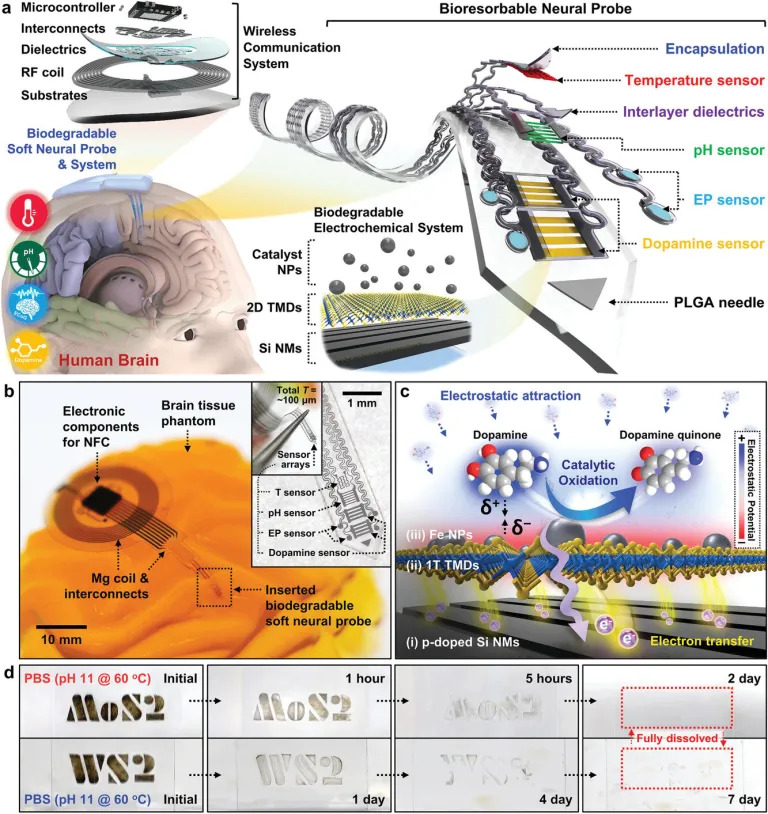Novel 3D Microscopy Captures Real-Time Histological Images of Internal Organs
A team of researchers from the Department of Biomedical Engineering and Radiology at Columbia University in New York has recently developed a new technique that can replace traditional tissue biopsies by using high-speed 3D stereomicroscopy for the instant acquisition of in-situ histological images of living organs, allowing surgeons to remove malignant tumors immediately without waiting for histopathology results.
The research team recently published their results in Nature Biomedical Engineering, with the hope of getting them into clinical settings as soon as possible to accelerate and optimize the tumor resection process.
Related article: How to Break into the Digital Health Market in the UK – An Interview with Professor Sudhesh Kumar
MediSCAPE Acquires Real-Time In-Vivo 3D Histological Images
Excision of cancerous tumors usually requires removal of a small piece of tissue from the tumor, followed by thinning, staining, fixing, and placing it under a microscope to observe the tissue structure to determine whether the tumor is benign or malignant, the degree of tumor progression, and other pathological findings. The testing and diagnostic processes are time-consuming, complex and expensive. Surgical microscopy is also currently available, but it can only capture a single, 2D planar image and is unable to explore larger tissue sections. Moreover, it requires the injection of dye into the patient’s body. As a result, opportunities for using this technology are limited.
Professor Elizabeth Hilman from the Department of Bioengineering and Radiology at Columbia University led a team of researchers to develop a high-speed 3D imaging technology called MediSCAPE (Swept Confocally Aligned Planar Excitation microscopy) with the idea of acquiring histological images of living organs with real-time, without the need for biopsy. It allows physicians to immediately read the pathological and histological information needed without removing valuable tissues, also avoiding the risk of inadvertently removing healthy tissues.
Instead, this efficient microscopic technique captures faint fluorescence signals from living tissues and quickly creates stereoscopic images, allowing physicians to scan different parts of tissues in real-time and read the complete image of the organ as if it were a full box of histological sections.
A unique feature of MediSCAPE is that it enables physicians to view 3D histological images from different angles and to see real-time images of blood flow in tissues through ischemia and reperfusion, allowing structures that were previously not visible on 2D histological sections to be fully visualized in stereoscopic images. The research team believes that physicians will be able to obtain more pathological information from stereoscopic images, which will facilitate subsequent treatment decisions for patients.
Real-time histological images of a human transplanted kidney were acquired through MediSCAPE.

(Photo credit: Department of Biomedical Engineering and Radiology at Columbia University)
Optimizing MediSCAPE: the Hope of Introducing it into Surgical Settings
The research team has successfully used MediSCAPE to view images such as pancreatic cancer tissues from mice and fresh human transplanted kidneys. The next step is to resize the device to fit in the operating rooms for surgeons to use and to optimize the technology for large-scale clinical trials.
The research team is currently working on the FDA approval and commercialization of MediSCAPE, with the hope of introducing it into operating rooms as soon as possible to enable smoother surgeries.
Written by Aurora Mau/ Translated by Richard Chau
©www.geneonline.com All rights reserved. Collaborate with us: service@geneonlineasia.com










